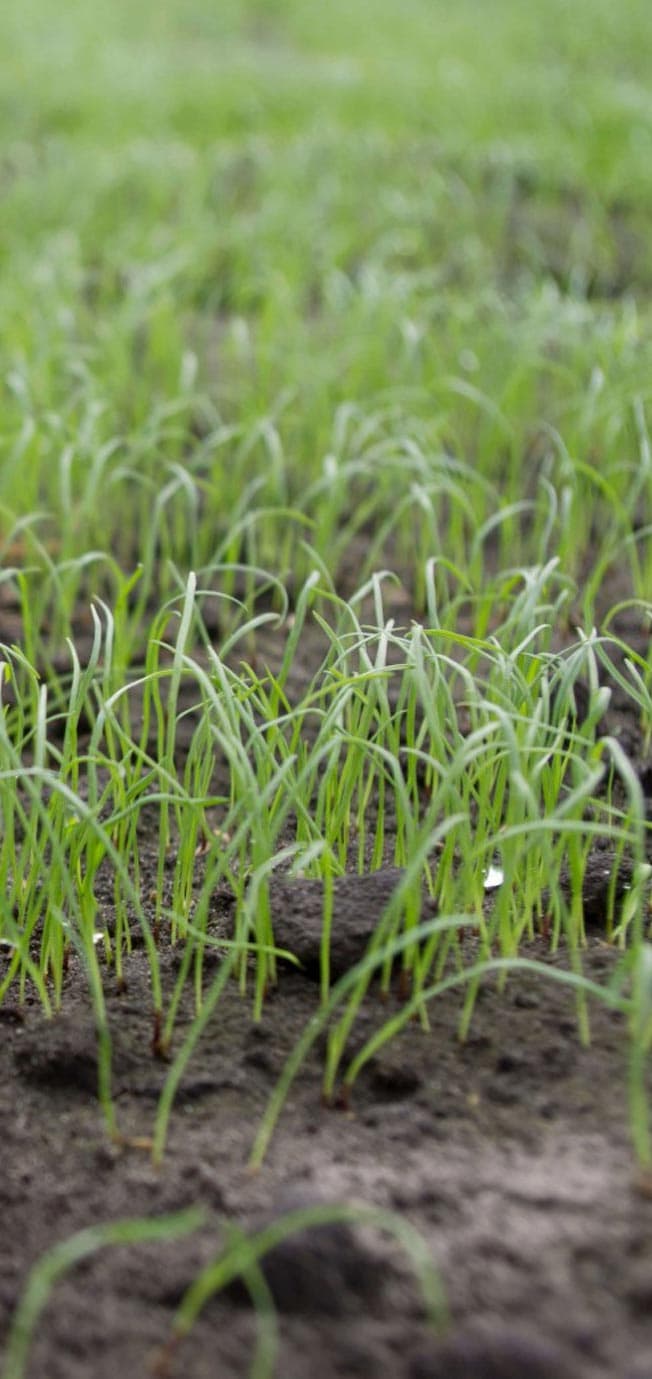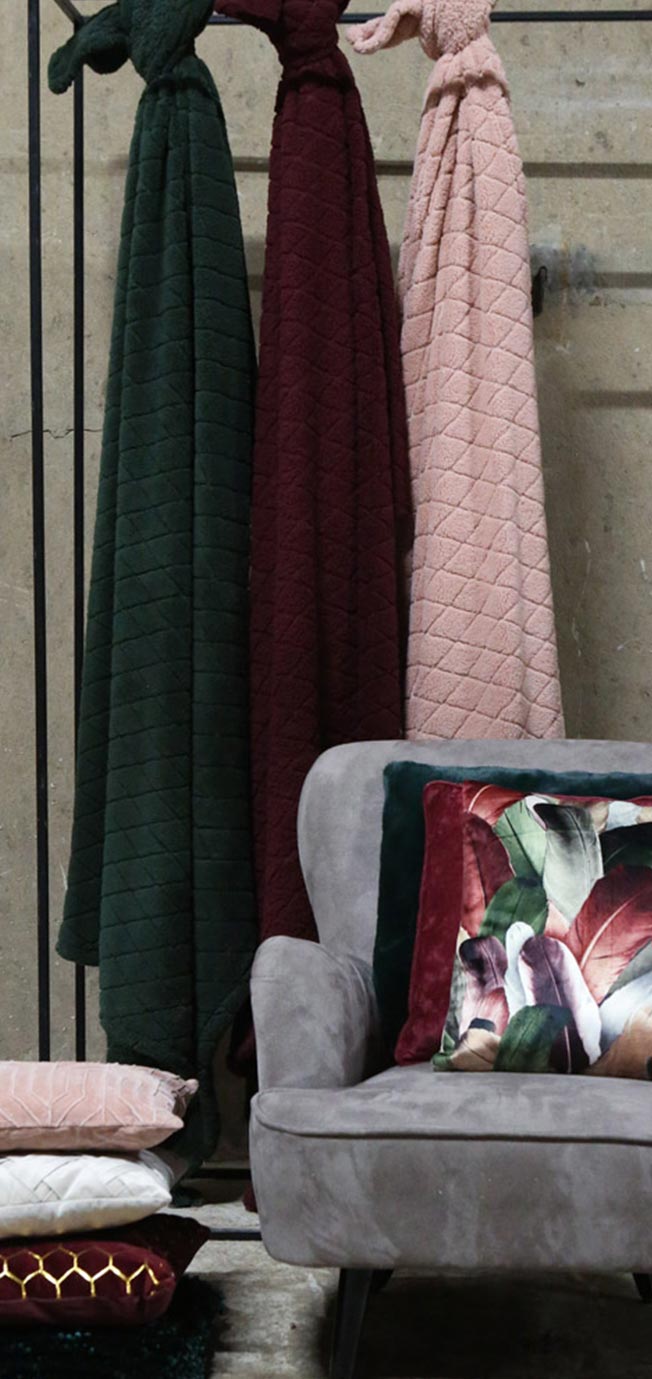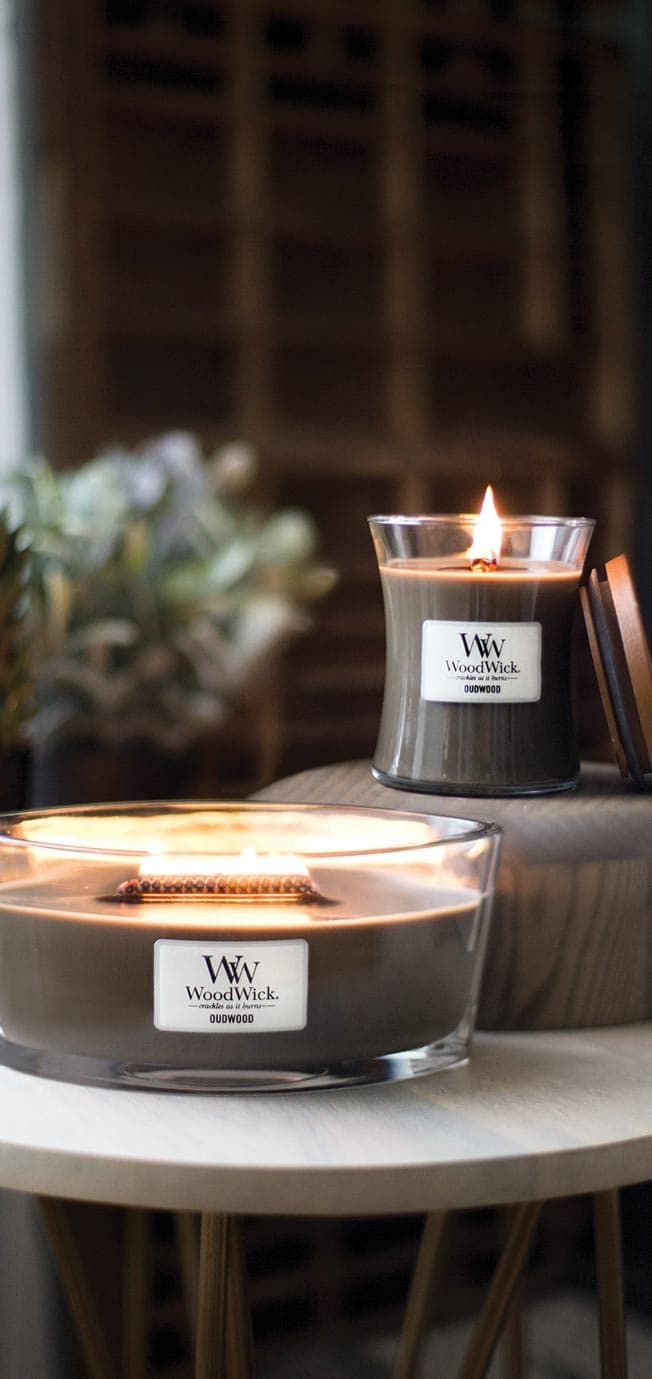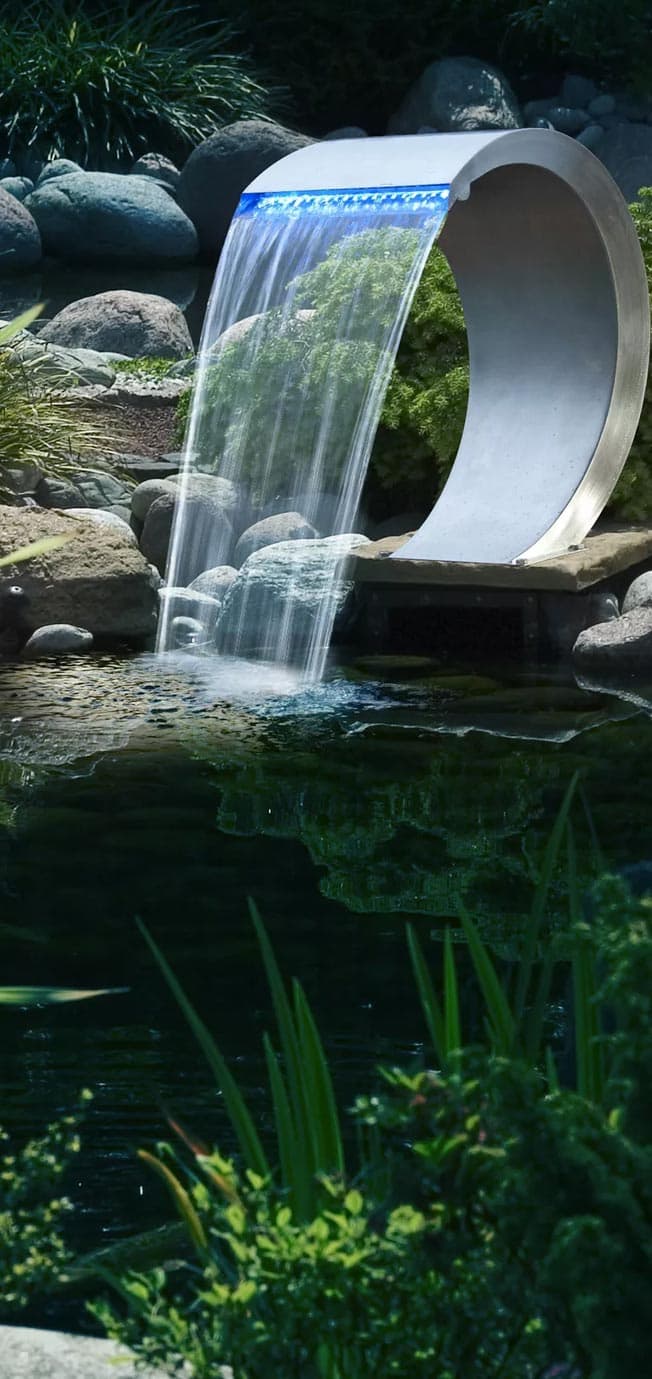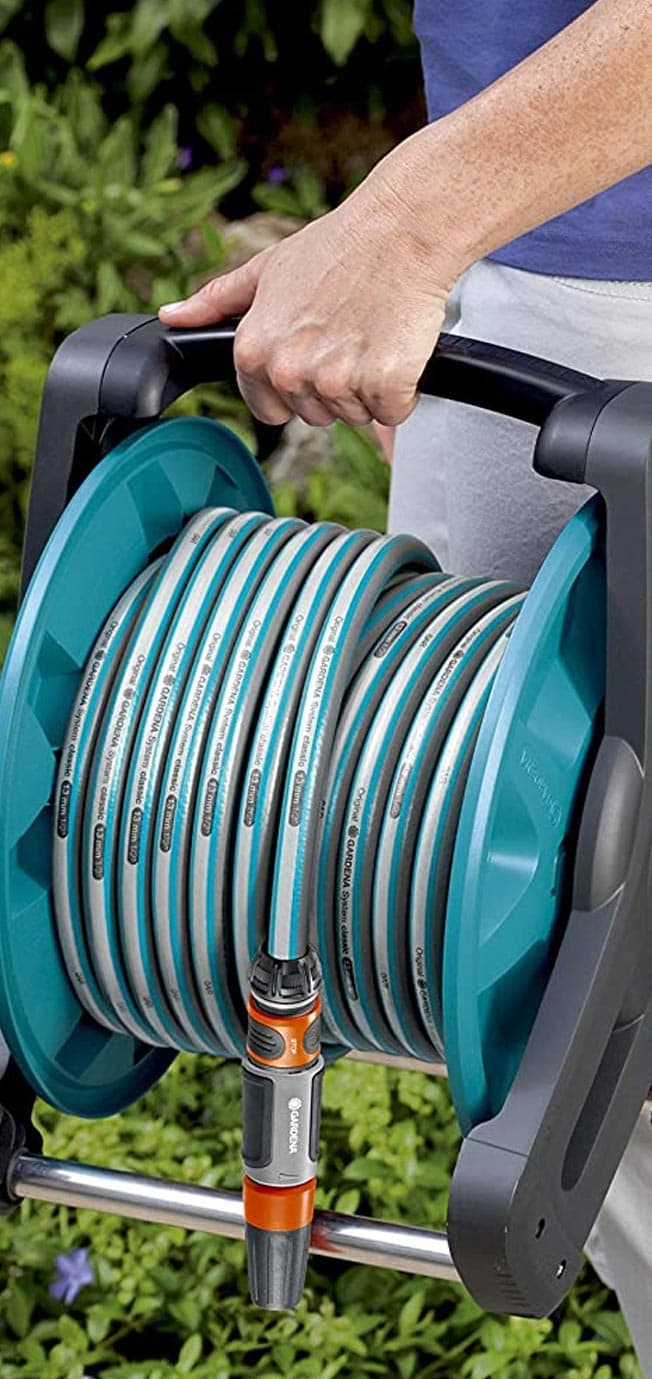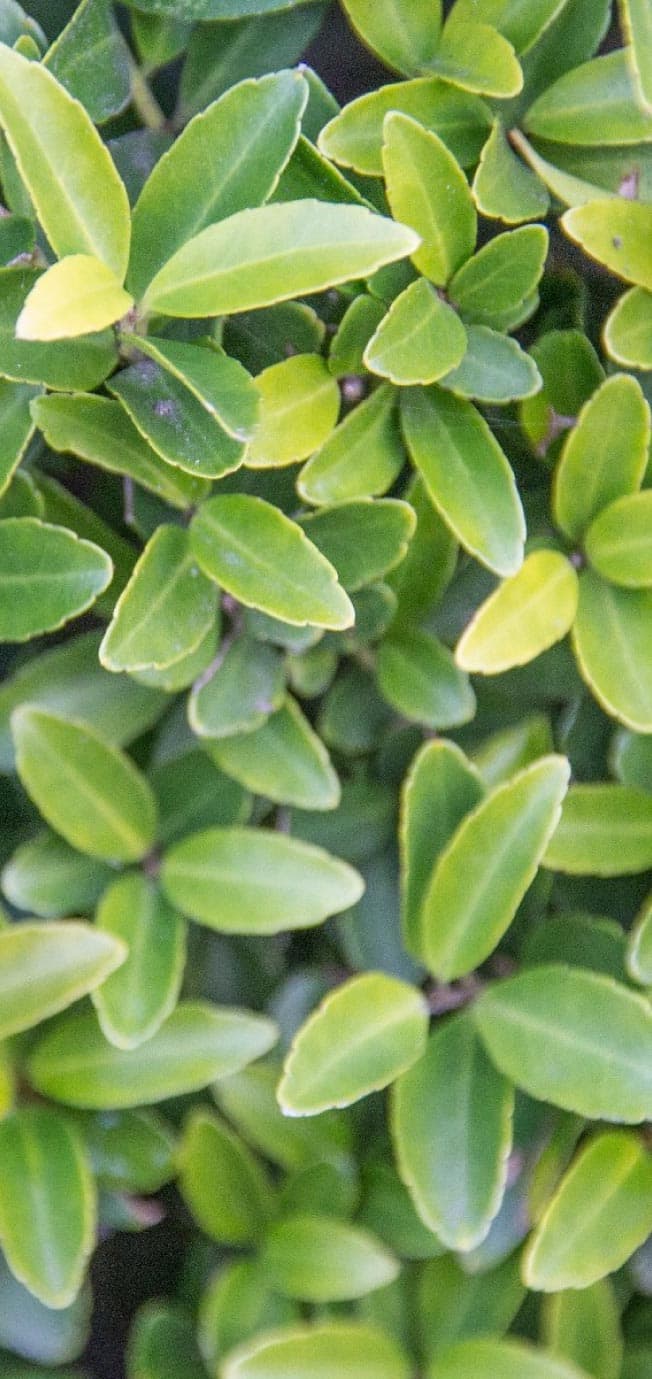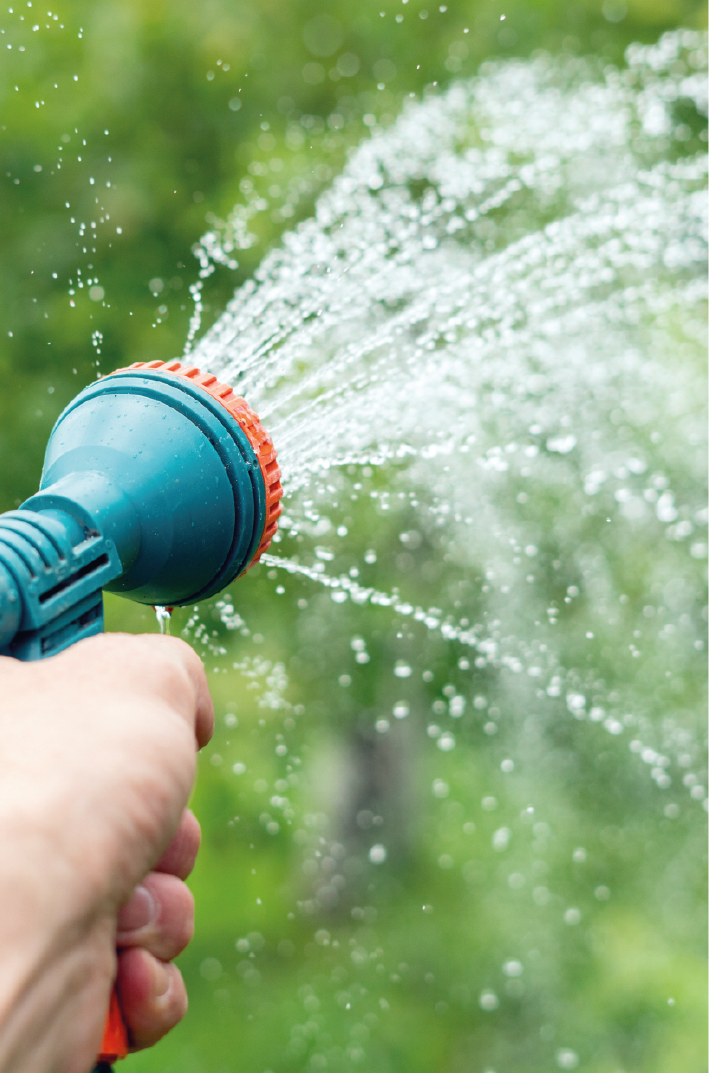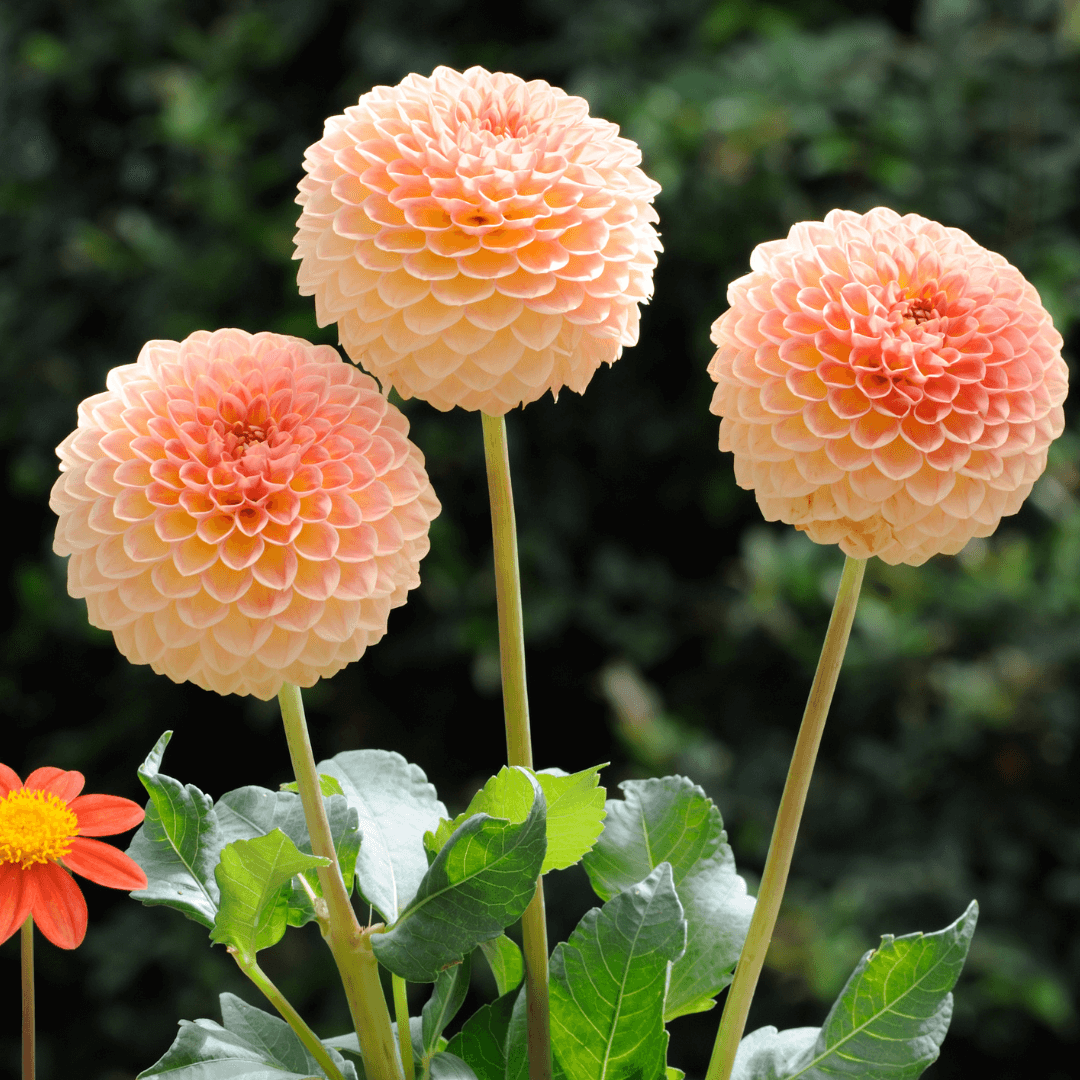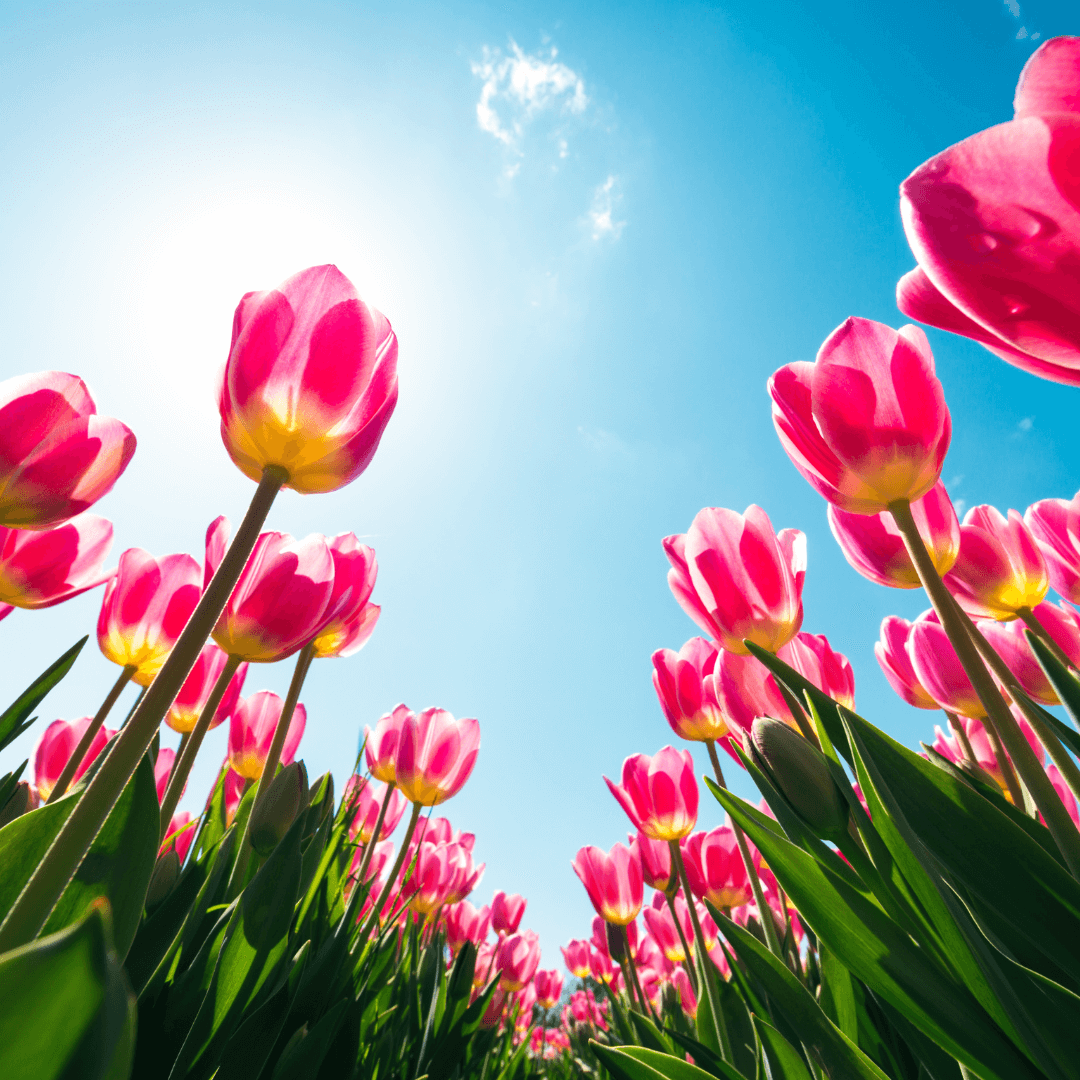Flower bulbs
Flower bulbs
Plant bulbs in your garden all year round! View our range of spring and autumn flower bulbs and create a beautiful garden full of colourful flowers!🌺🌻🌹🌼🌷🌸
Types of flower bulbs: bulbs versus tubers
A first type of bulbs are the so-called true bulbs. These have a bud covered with scales and a thin layer of ‘skin’. This type can be thought of as flower bulbs of the ‘onion type’. Among others, tulips, daffodils and allium bulbs belong to this category. There are also tubers. These look like flower bulbs but have no scales or leaves. They are actually swollen, underground stems where the nutrients are stored in this stem itself. In true bulbs, energy is stored in the scales. Examples of tubers are crocuses and begonias.
What's in a name
The naming of flower bulbs can be quite confusing. Let us clarify.
Naming based on bloom moment
- Spring flowers
- Summer flowers
Naming based on planting moment
- Autumn flower bulbs
- Spring flower bulbs
Spring flowering bulbs
Spring bulbs (also called summer bloomers) plant in spring as they absolutely do not like freezing temperatures. You plant them between March and May, but keep a close eye on the weather forecast. After all, there should be no more night frosts. Examples of spring flower bulbs are dahlias, lilies, begonias or alliums. These bulbs need the spring sunshine to grow into beautiful flowers in summer! In winter, remove these bulbs from the ground and store them in a dry, cool (frost-free) place. Next year, you can plant these bulbs again 🙂 .
Autumn flower bulbs
Autumn flower bulbs bloom in spring, but plant them in autumn. Bear in mind that it is best to plant thembefore the first night frost of winter. With autumn bulbs, you can enjoy a colourful garden in early spring. Examples of autumn bulbs are tulips, daffodils or crocuses.
Planting flower bulbs in open ground or in pots
You can plant flower bulbs either in the soil or in a pot. However, there are a few things to bear in mind. Plant flower bulbs in soil that is not too wet. Otherwise, there is a risk that they will rot. It is recommended to aerate the soil first and remove weeds. You can definitely add plant fertiliser to stimulate growth.
Plant flower bulbs at the right depth. The rule of thumb there is 2 to 3 times as deep as the bulb is tall. Spring-flowering bulbs are planted a little shallower because they need more warmth. TIP: Use a flower bulb planter to plant your flower bulbs efficiently!
When planting flower bulbs, be sure to plant them with the tip up. Also, always lay them in the planting hole instead of pushing them in. With flower bulbs in pots, it is essential that they are not planted too close to the edge to avoid frost damage. The pot should definitely have an opening at the bottom to drain excess water. By planting different types of bulbs in layers, you will enjoy colourful flowers all season long.
Reading tip: Do I choose plants in a pot, root ball or bare root?
Why plant flower bulbs?
A first advantage of planting flower bulbs is obvious: a beautiful, colourful garden is a guarantee! And a garden like this is always just the place to relax. In addition, a flower garden also has a positive influence on nature. Bulbs naturally create flowers and these are the primary food source of bees, bumblebees, butterflies and other pollinators. Using flower bulbs, you contribute to biodiversity in your garden and surroundings. Pollinators can be seen as the link between nature and agriculture. They are essential for agriculture and thus for our food production. Moreover, they stand in for the conservation of wild plants.
Naturalising bulbs: organic growth
Naturalising bulbs are spring-flowering bulbs that you don't need to remove from the ground after flowering. You can plant them among your border plants, between ground covers or even under deciduous shrubs. The advantage of naturalising bulbs is that you can just leave them in the ground and they will produce more flowers every year. In fact, naturalising bulbs provide more and more bulbs themselves. Examples of naturalising bulbs are wood anemone, winter aconite, snowdrop or star hyacinth.

